"I’ll never forget swimming for my life in pursuit of whale shark photos with my Canon DSLR in a large, heavy housing."
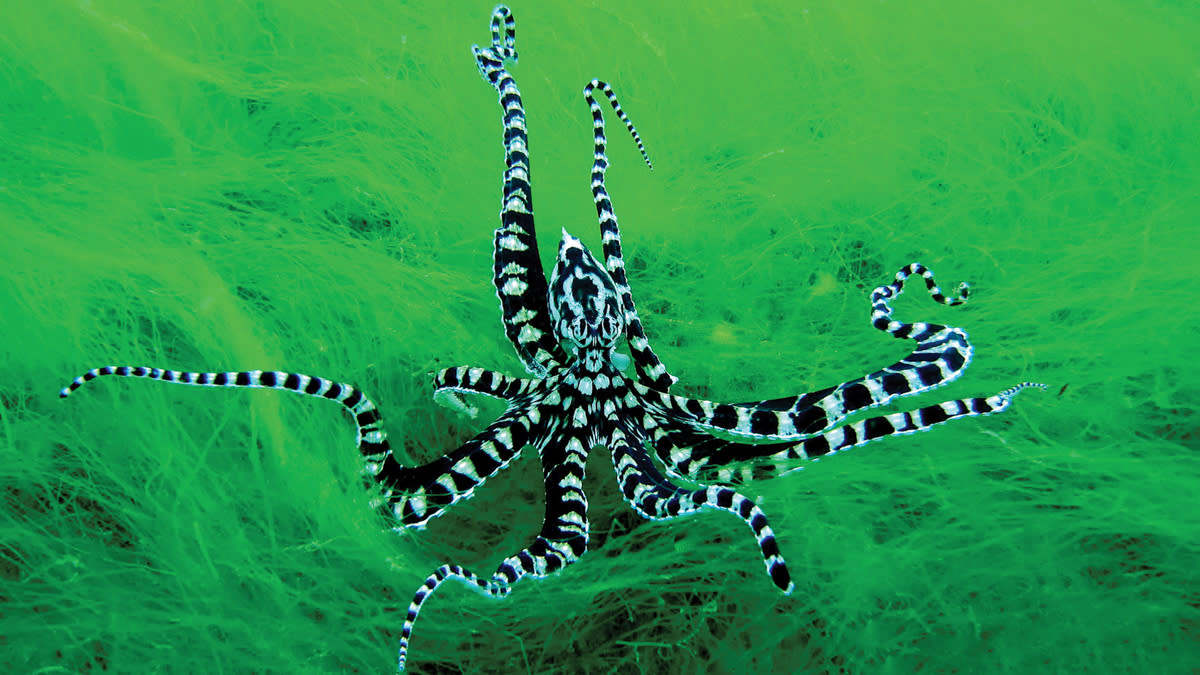
Our underwater world is unique, inspiring and bizarre. With over 30,000 known species of fish and over 6,000 different species of coral, the oceans are awe-inspiring havens for water-based wildlife. However, unlike on dry land, not everyone can access these areas nor get to shoot them without the right specialist equipment, both for the dive and the camera.
Maria Munn first considered the idea of underwater photography when she was in hospital after sustaining life-threatening injuries in an accident in which she suffered 15 fractures. While in hospital, Maria watched a programme about whale sharks and decided that if she survived and could walk again, she wanted to learn to photograph them.
Once she had recovered, Maria set about her quest, travelling the world and shooting underwater environments. From launching the first underwater compact camera photography courses with Emperor Divers in Egypt to shooting white sharks in Mexico, Maria has seen and done it all.
“Scuba diving can be enjoyed by anyone, regardless of physical ability,” she says. “If you have a disability, scuba diving offers a unique sense of freedom, transporting you into a world of weightlessness and intrigue.”
Shooting with both compact cameras and DSLRs, Maria was the first person in the UK to gain a distinction from the Royal Photographic Society for her work, before she turned her hand to helping beginners. Now teaching the genre from her studio in Dorset, her students have won awards, been published in National Geographic and worked on programmes such as the BBC's Blue Planet II.
Interview
Do you have to go to faraway places to take such breathtaking pictures?
Absolutely not. There is so much beauty beneath the waves around our UK coastline, from snorkelling with friendly seals to incredible encounters with blue sharks and the second-largest fish in the sea, the basking shark. Don’t forget lakes and ponds, these are magical havens for so much underwater life. Remember to check the weather and conditions beforehand and wear adequate protection to stay warm or prevent sunburn.
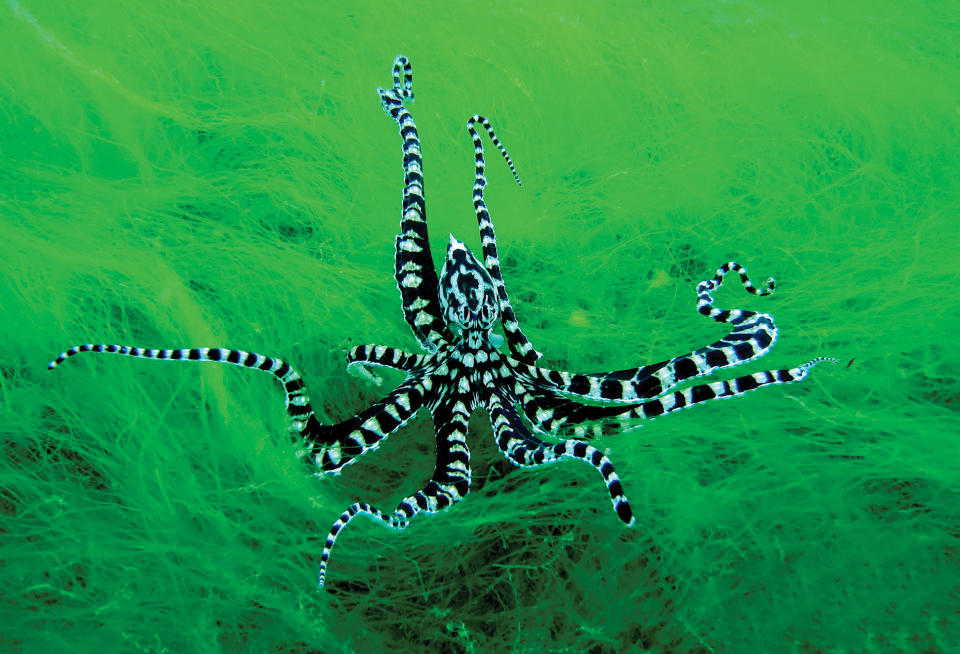
You started the first dedicated courses for beginners in underwater photography in the UK. What do your lessons look like and how do you plan a shoot?
I believe that the best way to learn is to have fun, so my sessions are run for individuals or small groups in a relaxed manner. They are tailor-made to each guest’s needs and the particular areas that interest them. I have a studio in Swanage, which is just a few steps away from the sea and is designed to inspire visitors to photograph the beauty both here in the UK and overseas.
During the lessons, we will go for a snorkel and practice techniques learnt in the shallow, safe waters of Swanage Bay. I also run day trips to locations where my students can photograph and swim with seals. I offer online help and I’m also looking to run overseas trips too. They’re a fabulous way of practicing and developing skills you have learnt, from settings through to composition and lighting.
You work with both DSLR and compact cameras, but predominantly with compacts. What’s the advantage of compacts for underwater shooting?
I love compact cameras for their ability to capture both close-up and wide-angle images during the same underwater shoot. Additional lenses made by Olympus, as well as other manufacturers, can easily be added and are kept safe underwater using a lens caddy system on an arm. You can also add external lights, which helps keep the whole system small and light to travel with.
I’ll never forget swimming for my life in pursuit of whale shark images with my Canon DSLR in a large, heavy housing.
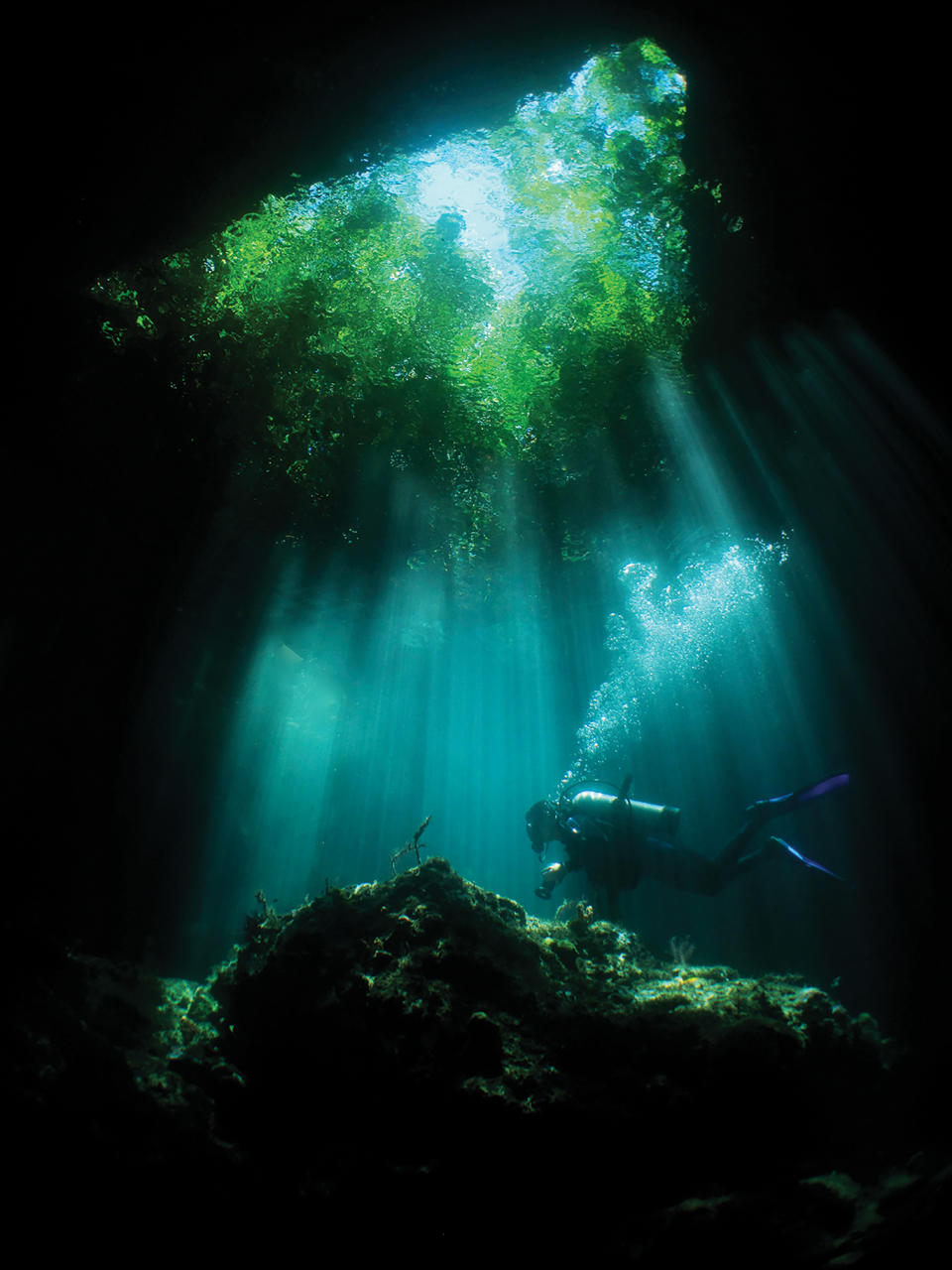
“I was in hospital recovering from injuries in a life-changing accident when I watched a programme about whale sharks. I decided then that if I survived and was able to walk again, I would learn to photograph sharks”
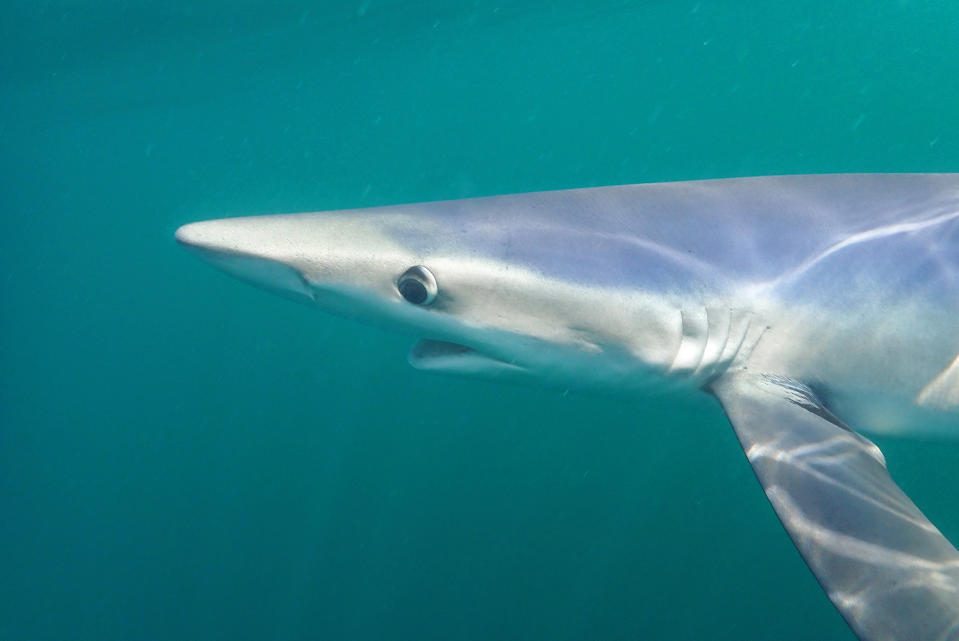
What is your most used camera and the must-have items in your kit?
I love working with my Olympus TG6. I just can’t put it down anymore. I love capturing split-level scenes showcasing the beauty of an area above and underwater in the same image without the need for Photoshop. A wide-angle lens is my perfect companion but it needs to have at least a 100° field of view to achieve the best results.
I also use a Sealife Sport Diver underwater camera housing, which Sealife Cameras kindly lent me to use with my iPhone. I can’t put it down! It makes creating underwater images so easy for a beginner and delivers incredible results. The software is compatible with most makes of both Android and iPhone, meaning there’s no need to upgrade the housing when purchasing a new phone.
What are your underwater equipment tips for budding photographers?
The most important thing to remember is that water reduces sharpness, colour and contrast, so it’s imperative to get as close as you can to your subject. It is just as important, if not more, to remember not to damage reefs or harass creatures. Make sure the camera and housing will give you the results you want. If your passion is seascapes, caves or large subjects, such as whale sharks, then make sure a wide-angle lens will fit on the front of your housing to give you the best results. If your passion is close-up or macro subjects then a strobe or external light are the best accessories to buy. Some housings like the Olympus TG-6 allow the built-in flash to be used for macro subjects – just make sure the part that covers the flash is opaque.
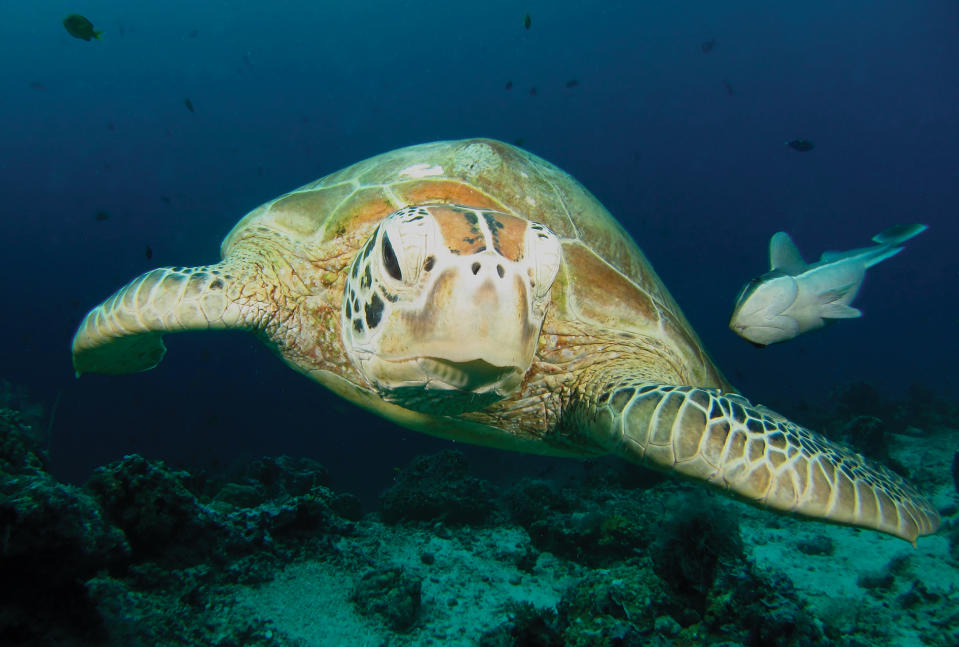
What are the biggest technical challenges of shooting underwater?
Mastering how to expose subjects near the surface using both natural and artificial light is one. It can be tricky to get the exposure right when there is a burst of sunshine overhead. One of the golden rules in underwater photography is ‘always shoot with the sun behind you’. But ignore that rule and you can get some eye-catching images.
Pro advice
Don’t forget to take care of your equipment. Always double and triple-check that your O-ring seal is clean from sand, grit and any lurking hair. One tiny element going wrong could cause a dreaded housing leak.
Essentially, so many things can affect the quality of your image – the operator’s ability to stay still, the clarity of water, distance, available light, where the subject is and how fast it’s moving. Being able to think in a nano-second to change the camera’s controls or position yourself at the best possible angle takes a lot of practice. And whether you’re freediving or going out with scuba gear, you have to remember to keep yourself safe too.
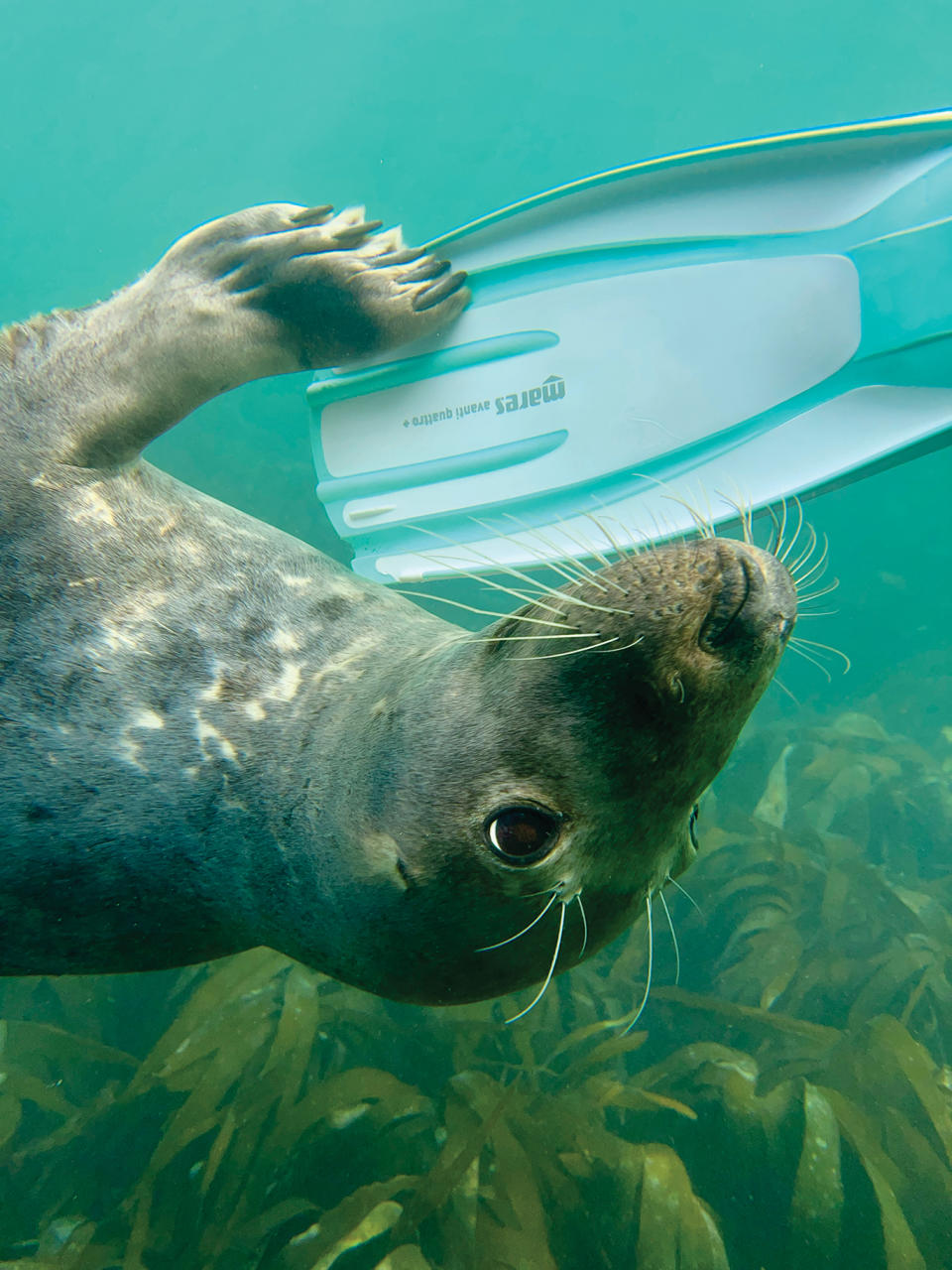
If there was one thing you wish you had known before getting into underwater photography, what would it have been?
It would be that taking award-winning images was possible with a compact camera. I still can’t believe that, back in 2001, when I started to encourage those with smaller cameras to get into underwater photography, there was no one else doing that. Even the Royal Photographic Society were astounded when they learnt that my portfolio for my distinction comprised both digital compact and DSLR images.
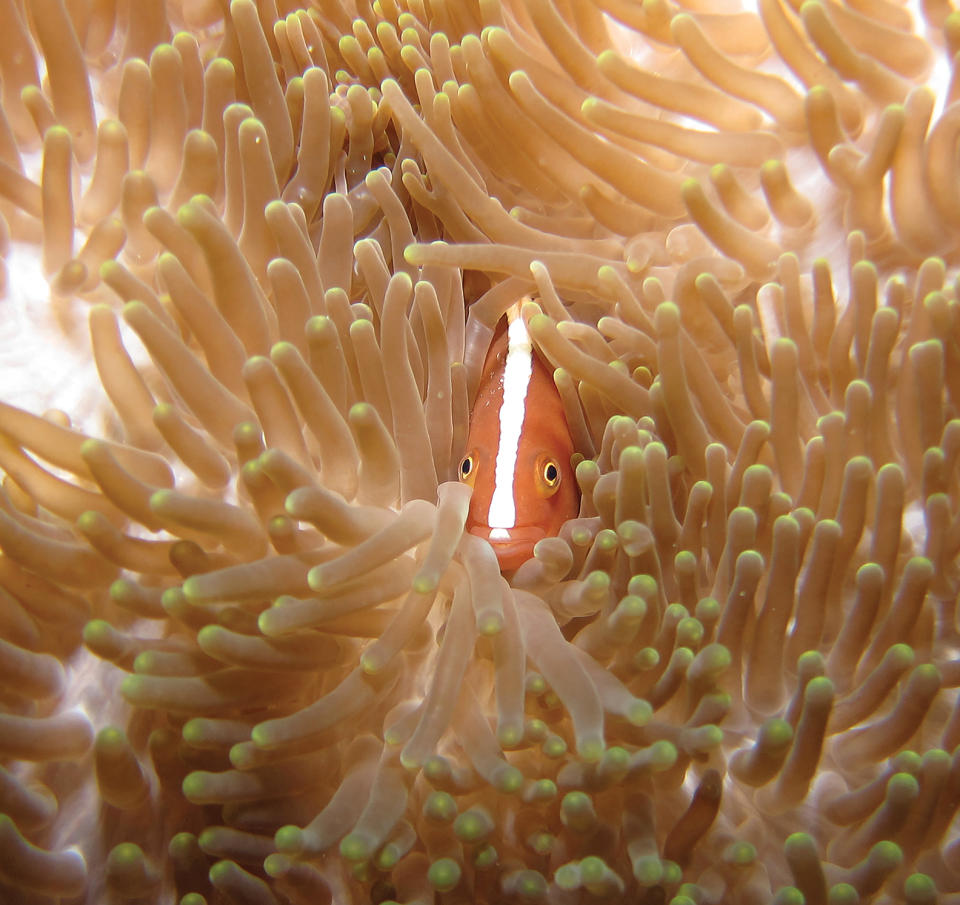
You have been capturing our beautiful underwater world since 2001, have you noticed any climate-related changes?
I have seen so much change since I started – and it’s incredibly worrying. Organisations such as the Marine Conservation Society say that, whereas there once were just eight species of jellyfish in the UK, they are now regularly finding 11. One of them, the bioluminescent crystal jellyfish (or Aequorea victoria) is normally found in Pacific waters, but rising sea temperatures have damaged coral reefs and displaced some migratory species that usually live in cooler water.
Then there’s the huge danger to all kinds of marine species from unsustainable fishing practices. It’s an important time to support organizations such as Sea Shepherd and Ghost Diving, which remove illegal fishing nets and protect ocean animals worldwide
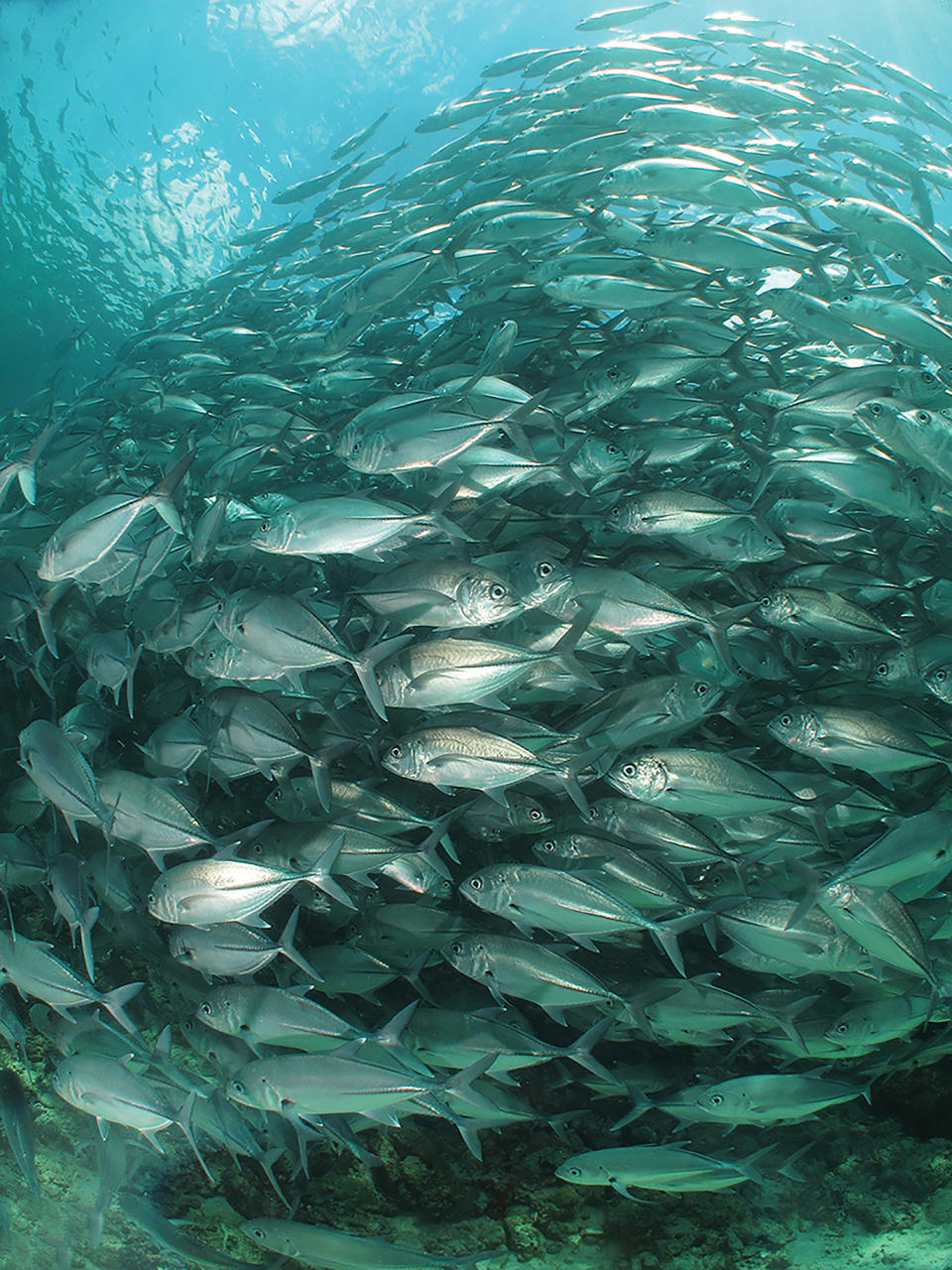
What’s next for you and your work?
I’ve just returned from volunteering with the Ocean Film Festival team – it was incredible to meet so many people passionate about the ocean. I’ve also been asked to be a UK ambassador for the Mares watersports brand, to help encourage newcomers into our blue wilderness through snorkelling. Nothing makes me happier than giving beginners the confidence to develop their skills to explore our oceans safely and create captivating images underwater. I’m also writing my third book, which I’m really excited about.
Get ready for underwater photography:
SeaLife SportDiver lets you shoot underwater with your smartphone
Underwater fishing camera: see what's happening below the surface

Get the best magazine for enthusiast and pro photographers delivered to your door or device with a subscription to Digital Photographer. Learn the hottest photo trends and techniques while getting essential advice on earning cash from your photography.View Deal

